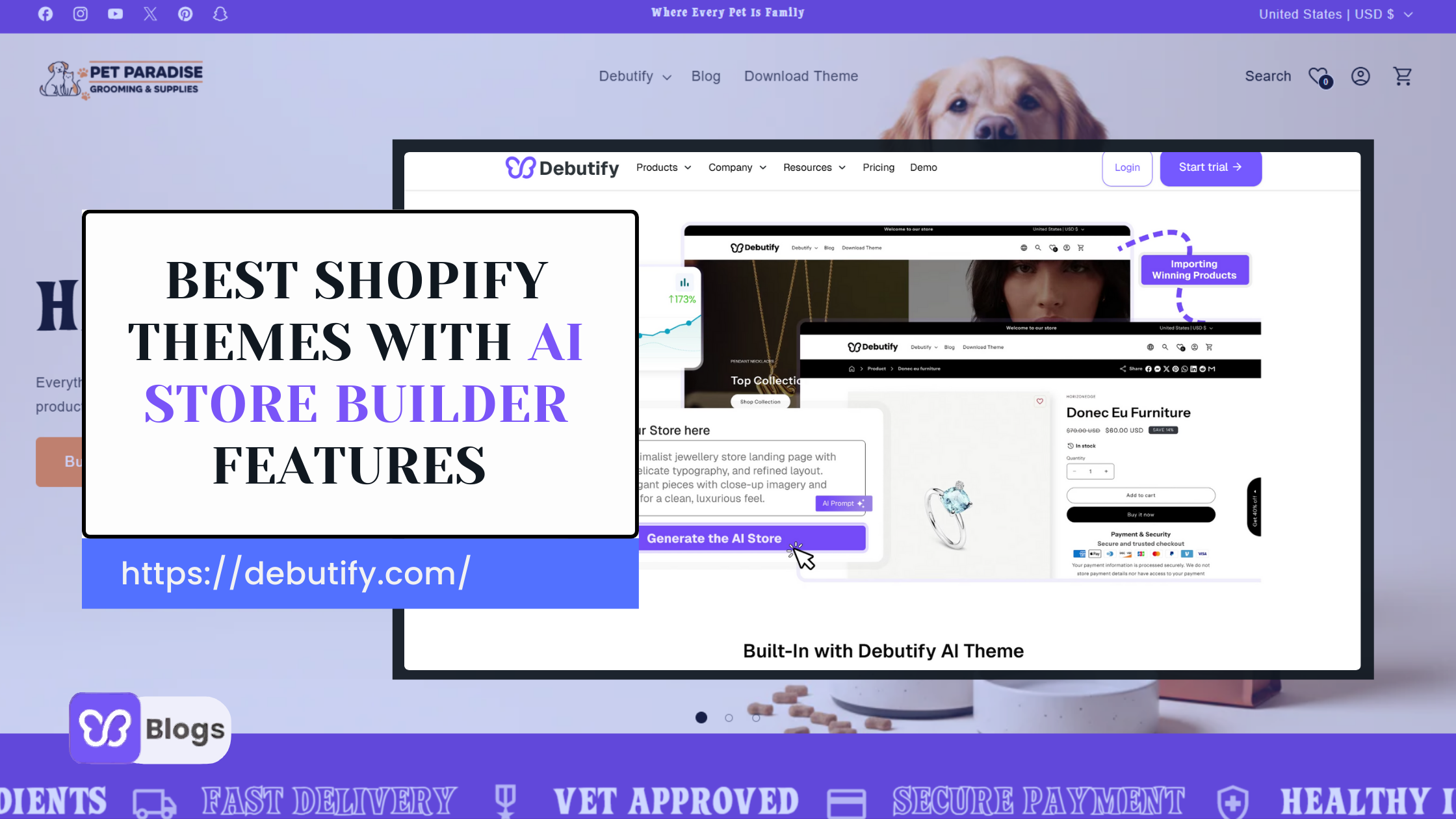Multi-channel selling refers to the practice of selling products or services through multiple sales channels, such as online marketplaces, social media platforms, brick-and-mortar stores, and more.
The benefits of multi-channel selling
Increased reach: By selling on multiple digital channels, businesses can reach a wider audience and tap into different customer segments. This expands their market potential and increases the chances of attracting more customers.
Diversified revenue streams: By diversifying sales channels, businesses reduce their reliance on a single platform or channel. This helps mitigate risks associated with changes in algorithms, policies, or market conditions that can impact sales.
Enhanced customer experience: Multi-channel selling allows businesses to meet customers where they prefer to shop, providing convenience and choice. Customers can engage with the brand through their preferred channels, leading to a better overall experience.
Key components of a multi channel ecommerce strategy
To create a successful multi-channel marketing strategy, businesses should consider the following key components:
1. Channel selection: Evaluate different sales channels based on factors such as target audience, product compatibility, competition, and cost. Choose channels that align with your business goals and have the potential to generate the desired results.
2. Brand consistency: Maintain consistent branding across all channels to create a cohesive and recognizable brand identity. This includes using consistent logos, colors, fonts, and messaging to ensure a unified brand experience best multi-channel.
3. Integration and synchronization: Integrate channels to provide a seamless customer experience. Synchronize inventory, pricing, and product information across channels to avoid discrepancies and ensure accurate and up-to-date customer data throughout.
4. Data-driven decision-making: Utilize analytics tools to track and measure the performance of each channel. Analyze data to gain insights into customer behavior, channel effectiveness, and areas for improvement. Use this information to make informed decisions and optimize strategies.
Common challeng.es in multi-channel selling and how to overcome them
1. Inventory management: Managing inventory across multiple channels can be complex. Implement inventory management systems that provide real-time visibility and automate inventory updates to avoid overselling or stockouts.
2. Order fulfillment workflow automation: Streamline order fulfillment processes by integrating channels with order management systems. Automate order processing, shipping labels, and tracking information to ensure efficient and timely delivery.
3. Customer support: Providing consistent customer service across multiple inventory locations and channels can be challenging. Utilize customer support tools that centralize inquiries from various channels, allowing for efficient response management and ensuring a seamless support experience.
4. Channel optimization: Each channel has its own unique requirements and best practices. Stay updated with the latest trends and algorithms of each channel, and optimize product listings, descriptions, and marketing strategies accordingly to maximize visibility and conversions.







